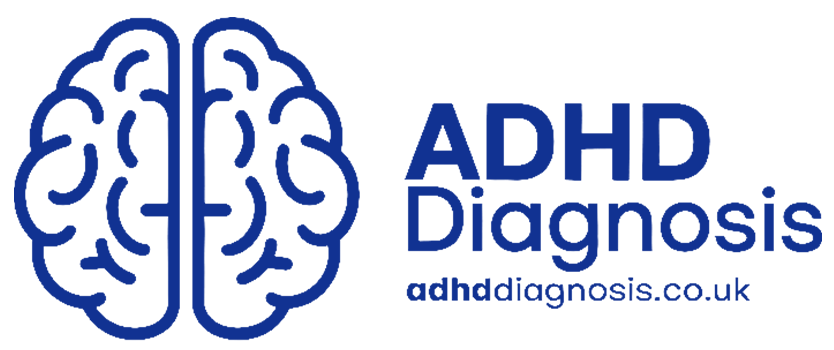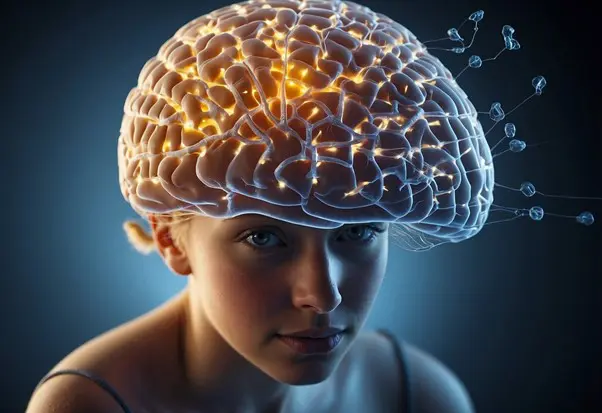Introduction
Attention Deficit Hyperactivity Disorder (ADHD) is one of the most commonly diagnosed neurodevelopmental disorders in the UK, affecting both children and adults. Despite its prevalence, ADHD remains widely misunderstood, often leading to delayed diagnosis and inadequate support.
In this article, we’ll explain ADHD in detail, including its symptoms, causes, how it’s diagnosed in the UK, and the treatment options available. Whether you suspect that you or someone you know may have ADHD or simply want to learn more, this guide will provide you with a clear understanding of the condition and how to manage it effectively.
What is ADHD?
ADHD stands for Attention Deficit Hyperactivity Disorder. It is a neurological condition that affects a person’s ability to focus, control impulses, and regulate activity levels. ADHD is considered a developmental disorder because it typically appears in childhood, although many people are not diagnosed until adulthood.
ADHD impacts how the brain functions, particularly in areas that control attention, organisation, and self-regulation. While the symptoms of ADHD can be challenging, with the right diagnosis and support, people with ADHD can thrive in their personal and professional lives.
How Common is ADHD in the UK?
ADHD is more common than many people realise. In the UK, it’s estimated that:
- 5%–7% of children have ADHD.
- Around 3%–4% of adults have ADHD, but many cases remain undiagnosed.
The increasing awareness of ADHD, particularly in adults, has led to more people seeking assessment and treatment later in life.
Types of ADHD
ADHD is classified into three main types, depending on the dominant symptoms:
1. Inattentive Type
This type is characterised by difficulties with focus, organisation, and memory. Common signs include:
- Trouble paying attention to details
- Becoming easily distracted
- Forgetting daily tasks
- Struggling to follow instructions
- Avoiding tasks that require sustained mental effort
2. Hyperactive-Impulsive Type
This type is defined by excessive energy levels and impulsive behaviour. Symptoms include:
- Constant fidgeting or restlessness
- Talking excessively or interrupting others
- Difficulty staying seated
- Acting without considering consequences
- Trouble waiting their turn
3. Combined Type
The combined type includes a mix of both inattentive and hyperactive-impulsive symptoms. This is the most common form of ADHD.
What Causes ADHD?
The exact cause of ADHD is not fully understood, but research suggests that it results from a combination of genetic, neurological, and environmental factors.
✅ Genetics
ADHD tends to run in families, indicating a strong genetic component. If a parent has ADHD, their child is more likely to have it as well.
✅ Brain Structure and Function
Studies have shown that people with ADHD have differences in brain structure and activity, particularly in the areas responsible for attention, self-regulation, and impulse control. Lower levels of dopamine, a neurotransmitter involved in motivation and reward, are also linked to ADHD.
✅ Environmental Factors
Certain environmental factors may increase the risk of developing ADHD, including:
- Premature birth or low birth weight
- Exposure to smoking, alcohol, or drugs during pregnancy
- Lead exposure during early childhood
- High levels of stress during early development
Symptoms of ADHD
ADHD symptoms can vary from person to person and may change with age. Here’s how the symptoms typically present in children and adults:
In Children:
- Difficulty concentrating in school
- Forgetting homework or personal items
- Interrupting conversations or talking out of turn
- Trouble sitting still
- Difficulty playing quietly
In Adults:
- Trouble managing time and meeting deadlines
- Difficulty maintaining focus in meetings or conversations
- Frequently misplacing items
- Struggling to prioritise tasks
- Restlessness and difficulty relaxing
Since ADHD is often diagnosed in childhood, many adults with the condition may not realise they have it until they face challenges in work, relationships, or personal life.







